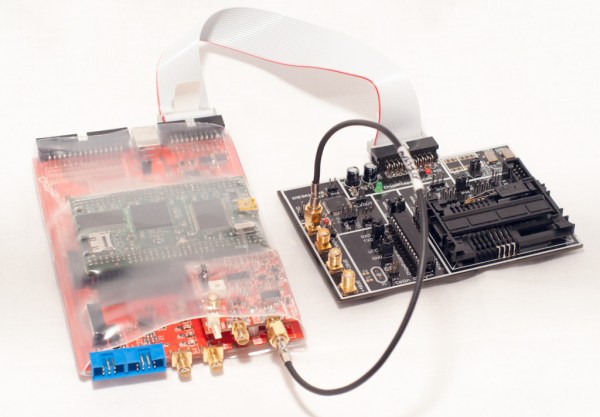
Every finalist for The Hackaday Prize has some aspect of it that hasn’t been done before; finding the chemical composition of everything with some 3D printed parts is novel, as is building a global network of satellite ground stations with off the shelf components. [Colin]’s ChipWhisperer, though, has some scary and interesting implications. By looking inside a microcontroller as its running, the ChipWhisperer is able to verify – or break – security on these chips. It’s also extremely interesting and somewhat magical being able to figure out what data a chip is processing simply by looking at its power consumption.
We have no idea who the winner of The Hackaday Prize is yet, and I’m hoping to remain ignorant of that fact until the party two weeks from now. Until then, you can read the short interview with [Colin O’Flynn], or check out his five-minute video for the ChipWhisperer below:
Continue reading “The Hackaday Prize: Interview With A ChipWhisperer”












